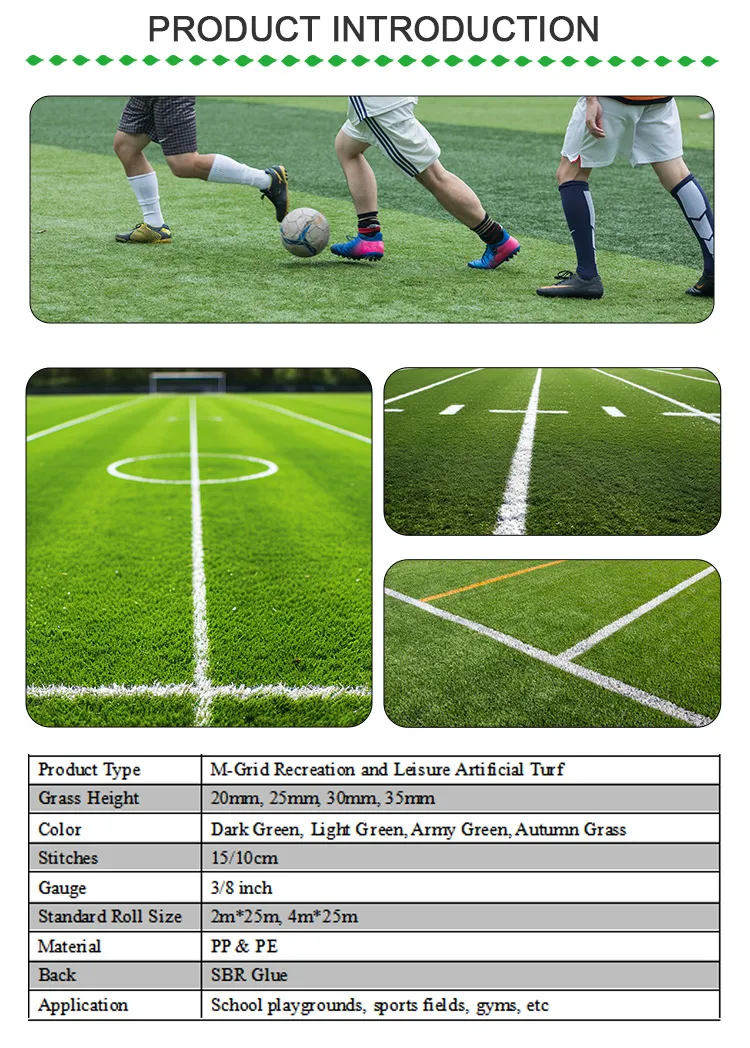
- Afrikaans
- Arabic
- Belarusian
- Bengali
- Czech
- Danish
- Dutch
- English
- Esperanto
- Estonian
- Finnish
- French
- German
- Greek
- Hindi
- Hungarian
- Icelandic
- Indonesian
- irish
- Italian
- Japanese
- kazakh
- Rwandese
- Korean
- Kyrgyz
- Lao
- Latin
- Latvian
- Malay
- Mongolian
- Myanmar
- Norwegian
- Persian
- Polish
- Portuguese
- Romanian
- Russian
- Serbian
- Spanish
- Swedish
- Tagalog
- Tajik
- Thai
- Turkish
- Turkmen
- Ukrainian
- Urdu
- Uighur
- Uzbek
- Vietnamese
Exploring the Benefits and Applications of Synthetic Turf Grass in Modern Landscaping
Nov . 10, 2024 04:34 Back to list
The Rise of Synthetic Turf Grass A Modern Solution for Urban Landscapes
In recent years, synthetic turf grass has emerged as a popular and practical alternative to natural grass in various applications, ranging from sports fields to residential lawns. As urban areas become increasingly developed and the demand for green spaces grows, synthetic turf offers a versatile solution that can meet aesthetic needs while addressing environmental concerns.
A Brief History
The concept of synthetic turf dates back to the 1960s, with the introduction of Astroturf, initially used in sports arenas such as the Houston Astrodome. Over the decades, advances in technology have led to significant improvements in the look, feel, and functionality of synthetic grass. Today’s options closely mimic natural grass in appearance, texture, and performance, making them an attractive choice for homeowners, landscapers, and facility managers alike.
Environmental Considerations
One of the primary advantages of synthetic turf is its minimal environmental impact compared to traditional grass. Maintaining a natural lawn requires significant water usage, fertilizers, and pesticides, which can contribute to water scarcity and pollution. In contrast, synthetic turf eliminates the need for watering, reducing overall water consumption in regions prone to drought. This attribute has made synthetic turf increasingly appealing in areas where water conservation is critical.
Furthermore, synthetic grass is often made from recycled materials, providing an environmentally friendly option that helps reduce plastic waste. Recyclable and durable, modern synthetic turf is designed to withstand various weather conditions, resulting in lower maintenance needs and longer lifespans than natural grass.
Cost Efficiency
While the initial investment in synthetic turf can be higher than planting natural grass, its long-term cost efficiency cannot be overlooked. Homeowners and facility managers save on water bills, lawn care products, and maintenance services over time. In addition, synthetic grass does not require mowing, aerating, or reseeding, significantly reducing labor costs. For sports facilities and public parks, the reduced need for upkeep translates into more funds available for other community needs or improvements.
Versatility in Application
synthetic turf grass

Synthetic turf is not limited to sports fields. Its versatility allows it to be used in a variety of applications, including playgrounds, commercial landscaping, residential yards, and even rooftop gardens. With the aesthetic quality of synthetic grass, urban spaces can transform into vibrant, green areas that enhance the surrounding environment.
For sports venues, synthetic turf provides a consistent playing surface that can endure heavy use without the wear and tear associated with natural grass. This durability means fewer cancellations of sporting events due to field conditions, allowing for more usage and expanded opportunities for recreational activities.
Health and Safety Benefits
Another critical aspect of synthetic turf is its impact on health and safety. The surfaces of modern synthetic grass often feature advanced drainage systems and infill materials that reduce the risk of injuries during play. Additionally, they do not harbor pests such as ticks or fleas, which can be a concern with natural lawns.
Moreover, many synthetic turf products are designed to be free of harmful chemicals and are rigorously tested to ensure they meet safety standards. As sports organizations and municipalities become increasingly aware of health concerns related to traditional managing practices, synthetic turf presents a safer alternative.
Overcoming Challenges
Despite these benefits, some challenges remain in the implementation of synthetic turf. Concerns about heat retention and potential environmental impact of certain infill materials have been points of debate. However, ongoing advancements are addressing these issues effectively. Research into more eco-friendly infill materials and techniques for heat reduction ensures that synthetic grass can continue evolving to meet society’s needs.
Conclusion
As urban landscapes evolve and the pressures on natural environments increase, synthetic turf grass presents a modern solution that balances beauty, functionality, and sustainability. With its numerous benefits including reduced water usage, lower maintenance costs, versatility, and safety, synthetic turf is paving the way for greener, more resilient communities. The continued innovation in this field promises to further enhance its appeal and applicability, making it a vital component of future urban planning and landscaping initiatives. In a world where sustainability is becoming increasingly paramount, synthetic turf grass stands as a prime example of how technology can harmonize with nature.
-
The Benefits of Artificial Turf for Indoors
NewsJul.15,2025
-
How Artificial Grass Suppliers Ensure Quality Products
NewsJul.15,2025
-
Artificial Grass and Pets: A Space for Relaxation
NewsJul.08,2025
-
Balcony & Outdoor Decoration with Artificial Grass
NewsJul.08,2025
-
Best Indoor Artificial Grass for Home
NewsJul.07,2025
-
Best Pet Turf for Dogs: Safe & Durable Artificial Grass Options
NewsJul.07,2025
Products categories









